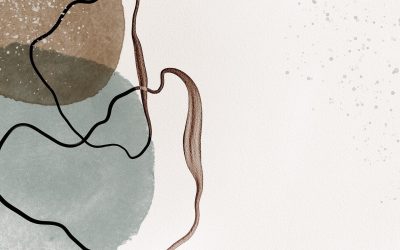In this reading group we discussed a draft piece of Tauri Tuvikene’s paper: “Body-drivers” in traffic: Walking the Streets of Automobile City in Tallinn, Estonia. Tauri, present at the reading group, explained his paper’s current ideas and where he ultimately would like his research to go.
One key issue that the paper concerns itself with is rethinking the pedestrian and how the human body is viewed in relation to the automobiles now dominating the roads of Estonian cities. The group returned to a key simile:
‘pedestrians appeared as part of the mechanic street system as if it was a conveyor belt’ (Hornsey, 2010)
In this sense, the human body is viewed as part of a system, a body to be regulated, controlled and incorporated into the traffic-system. Interestingly, ‘in Estonia everyone must wear a safety reflector on all street environments. While pedestrians frequently violate norms, they are all still part of the almost industrially organised and mechanised system—traffic.’
Pedestrians are expected to follow traffic light rules, to cross at designated points, to make their bodies visible as a car would with headlights, yet Tauri pulled attention to how pedestrians are capable of more than the rules of traffic regulations: ‘The bodily capacities of pedestrians who skilfully use their bodies in ways that cars, for instance, cannot— “twist, duck and bend”—influence social interaction in pedestrian spaces (Goffman 1971, 8).’
In our discussion, Tauri was particularly interested in how pedestrians violate traffic regulations and how this violation is perceived. For example, he draws upon the idea of the ‘loiterer’. As Morag Rose twists the figure of a loiterer away from a rebellious deviator to a normalised behaviour, Tauri argues that ‘rights for pedestrians mean right to loiter.’ How should we perceive and regulate the human body and pedestrians?
Although Tauri explores the pedestrian specifically in Tallinn, Estonia, even investigating the etymology of the Estonian work for walking, liikleja, the paper is conscious that elements of the research are applicable to other contemporary cities dominated by automobiles, making this research valuable to rethinking pedestrian-safety across the globe.
Although still in the stages of drafting, Tauri’s paper is already highlighting a range of interesting and complex questions and the reading group is looking forward to the completion of the final version and seeing where Tauri’s research leads.
The group concluded by speculating what is the future of traffic in cities? What is the future of the pedestrian and automobiles? How will traffic be regulated and safety measures implemented in future cities?
Some Further Reading:
Elvebakk, Beate. 2007. “Vision Zero: Remaking Road Safety.” Mobilities 2 (3):425–41.
Goffman, Erving. 1971. Relations in Public: Microstudies of the Public Order. New York: Basic Books
Hornsey, Richard. 2010. “‘He Who Thinks, in Modern Traffic, Is Lost’: Automation and the Pedestrian Rhythms of Interwar London.” In Geographies of Rhythm: Nature, Place, Mobilities and Bodies, edited by Tim Edensor, 99–112. Farnham: Ashgate.
Rose, Morag. 2015. “Confessions of an Anarcho-Flâneuse, or Psychogeography the Mancunian Way.”
Featured Image source: State Farm, Flickr




